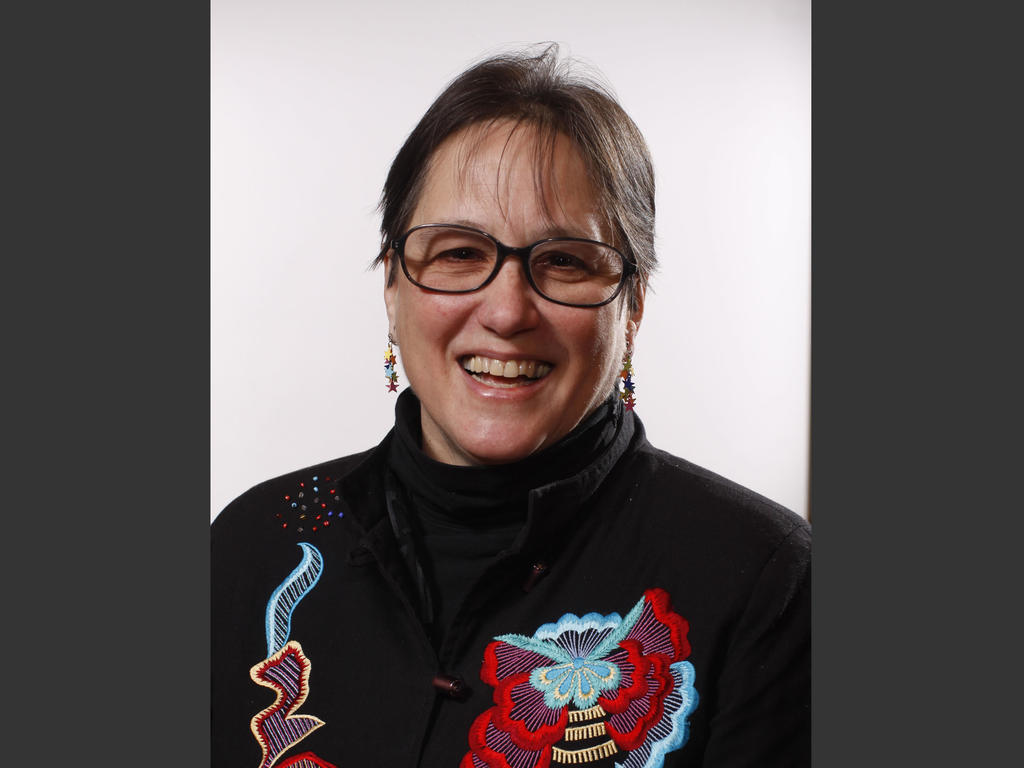Madagascar, the fourth largest island in the world, is located off the Western coast of continental Africa; picture smaller than Texas, but larger than California. While the country might have been popularized by the Dreamworks animated movie, Madagascar is much more than the tropical jungles depicted in the film. Professor Susan Kus of Rhodes’ Department of Anthropology and Sociology has devoted a significant part of her career learning about and living in Madagascar in order to better understand the dynamic cultures of the Malagasy people in the central highlands region of the island. In an effort to spread cultural awareness, she recently put up a display of woven hats from Madagascar on the second floor of Clough Hall on campus.
Kus first took interest in Madagascar after traveling there with her dissertation chair at University of Michigan. Her research is a mix of archaeology and ethnography, where she lives among the community in which she is observing to get the most genuine understanding of their culture. Her current research focuses on ritual specialists and how they influence domestic architecture and tomb orientation. In her ethnographic explorations, she has learned about the history and traditions of the people she lives with. The Malagasy have a highly oral tradition and place great importance on poetry, the spoken word, and names given to objects, places, and people. This is where the hats come in.
Women in the countryside are talented weavers, weaving baskets to carry and to store materials, and weaving mats for sleeping, for entertaining guests, and for funeral purposes. Women also weave hats for their family members’ protection from the sub-tropical sun while working in their fields. Some will occasionally produce hats to sell at the local markets for extra money.
Names are of great significance in the Malagasy culture because they can be given at birth, oftentimes as a blessing or counsel, and then changed by a person (or by others) as the individual reaches different stages in life. At one point in her research, Kus studied a prominent king who had three names over the course of his lifetime. His earliest given name was “The Healthy [little] Dog,” but when he became king of the state of Imerina, he took for himself the name of “The Noble Desired in the Heart of Imerina.” “In a society like this where you’re dealing with powerful concrete poetry and beautiful, thought provoking names, it’s also the case that many times people joke around and offer playful and humorous names for objects, people and places,” says Kus. “Once I became aware of this, I found out that hats have names too—that’s why I’ve put up the display. The names of hat styles run from the funny to the charming to the beautiful.”
With the display of hats on campus, Kus hopes to give a glimpse into a culture not particularly well known to Americans, as well as demonstrate the beauty and significance of the hats.
By Lizzie Choy ’17
